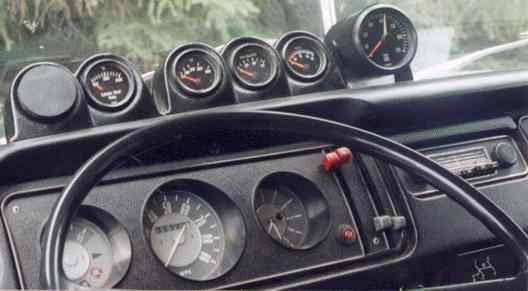
Here are a few additions I've made to the bus to improve it to my taste. First I added some aftermarket gauges, which I find useful to keep track of the engine:

(Not pictured: altimeter and artificial horizon indicator(!). These are VDO gauges, purchased mainly through swap meets. The VDO above dash housings contain from left to right: cylinder head temperature, oil temperature, oil pressure, voltage, tachometer. The blocked pod to the far left is waiting for a matching VDO vacuum gauge.
To the right of the stock gauges is an AM/SW/LW radio that I purchased a few years ago from list member Michael Heron. Listening to the BBC World Service , Radio Deutsche Welle, Radio Netherlands, among others, is entertaining and educating on many levels. An American listener can infer from these internationl broadcasts the extent to which and how our "world" news is filtered.
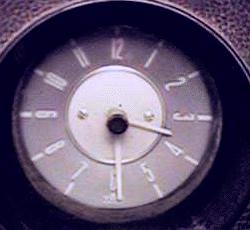
Another of my swap meet searches ended a few years ago with a '68-'74 bus clock that matches the speedometer and fuel gauge. It winds via an electromagnetic solenoid activated by a set of contact points. Fitting to have a geared clock on board, and yes, it's accurate. Move over digital, it's retro-time!
Less aesthetic (they're in fact hidden from view) and more practical are the optional ventilator fans that boost fresh air from the vent duct. They are also refered to as "ambulance fans", a misnomer in the sense that the overhead fan in the baywindow ambulance is the true fan specific to the ambulance model. These are the same optional fans (M-code 121 "fresh air fan in cab") found in the Bentley wiring diagrams that too few bus owners actually own, though most modern car drivers take such conveniences for granted.
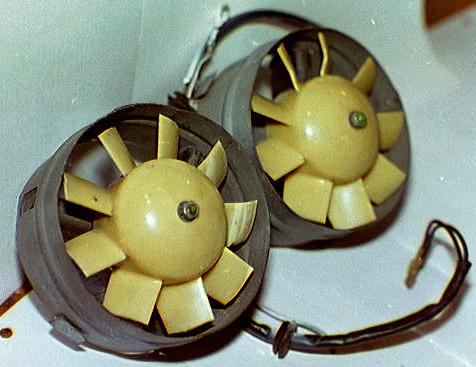
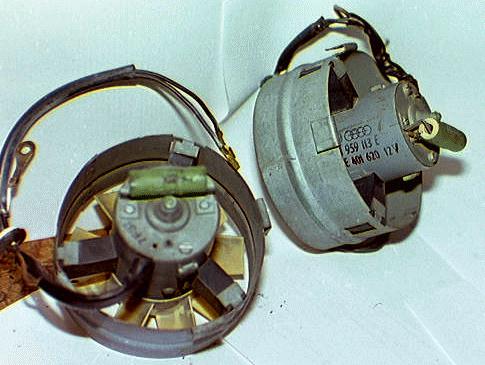
They mount in the removeable plates on either end of the duct. Retrofitting a set entails removing the plates, drilling a hole in each plate for the wiring, mounting the two speed switch, and taking a wire to the fusebox. Note the scratches on the duct paint--this is a favorite spot for my passengers to rest their weary feet.
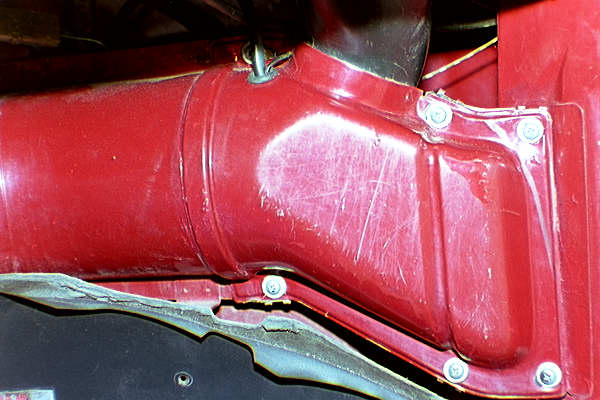
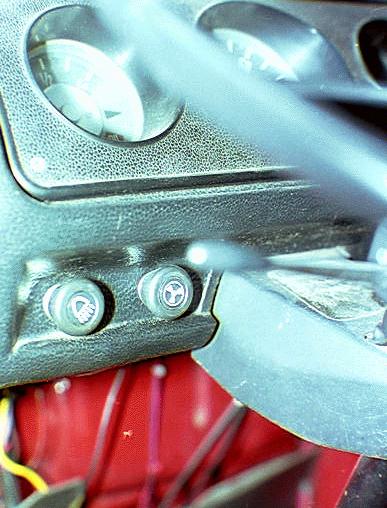
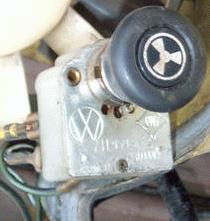
I don't know the CFM rating on these, but they afford an incredible boost to the fresh air flow (and noise flow!) for hot days and for demisting the windshield. I searched far and wide for these. Thanks to Caspar de Lint for taking a bee sting in a distant Spanish junkyard on my behalf :).
Note the beefy motor on this inline fan:
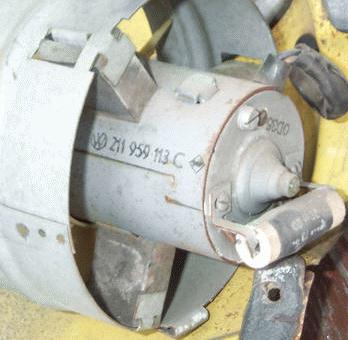
Here's a photo showing how they rest against the duct plate:
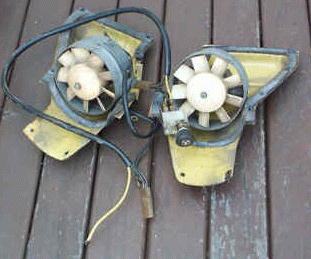
Wouldn't it have been nice if VW equipped all '68-'71 buses with a six digit odometer to record the many hundreds of thousands of miles they accumulate? How about a trip odometer? Well, VW made them, but not many of them. Here's a NOS example I bought recently. Based on the parts fiche, I think this became an option in '73 and was available in KPH and MPH. If your bus came with a speedometer with trip recorder and clock from the factory, your M-code plate would include M-25. I have yet to install this one in the bus:
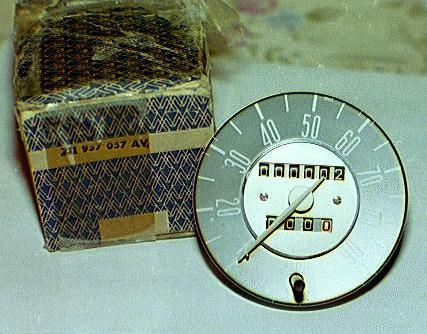
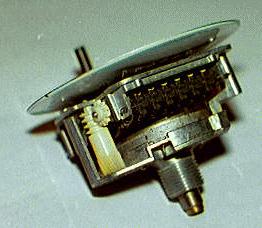
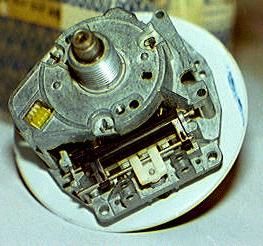
A favorite accessory when camping is this Westfalia add-a-room tent. It snuggles against the bus and is a real convenience when camping with more than 2-3 adults.

The most practical addition I've made to the bus is the installation of a gasoline heater.
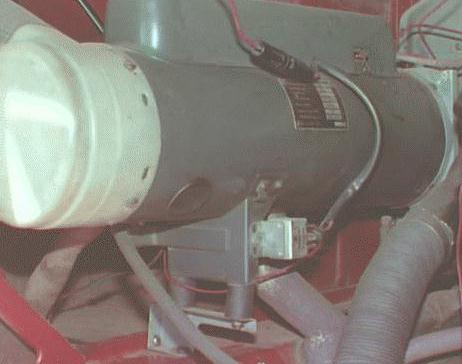
Who would install a roof rack over a pop top camper?

I would! For my purposes, a roof rack is far more useful than a pop top. For only two not so tall adult campers it's not necessary to have the stand up room or to "enjoy" that excruciatingly comfortable fold out cot. Much better to have the carrying capacity of a sturdy rack. Read more about it.